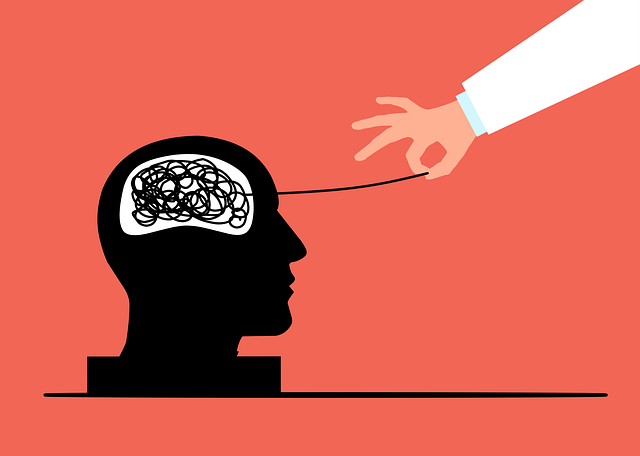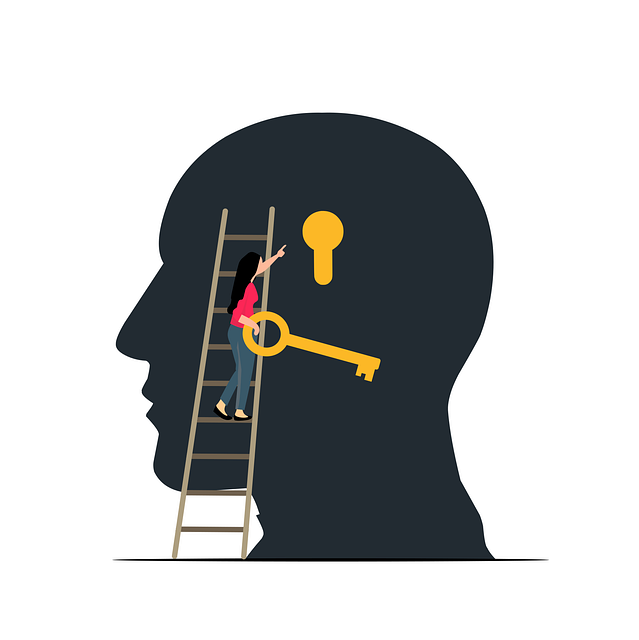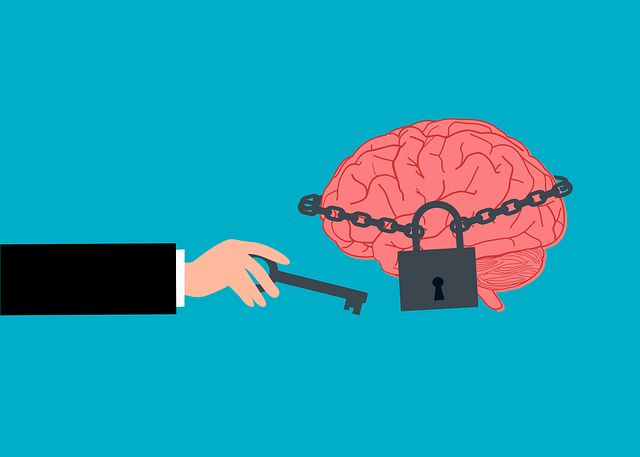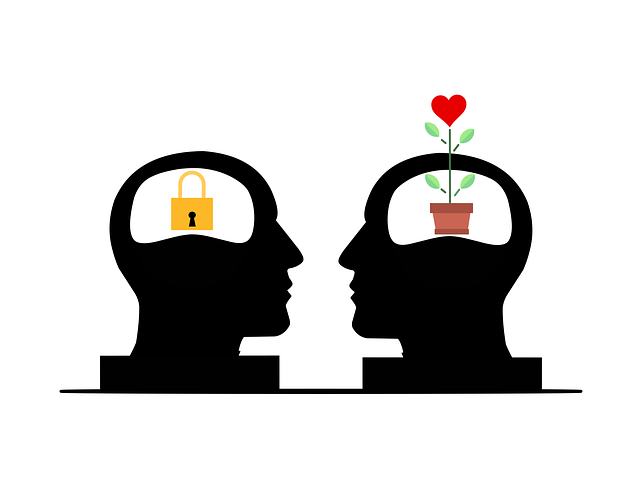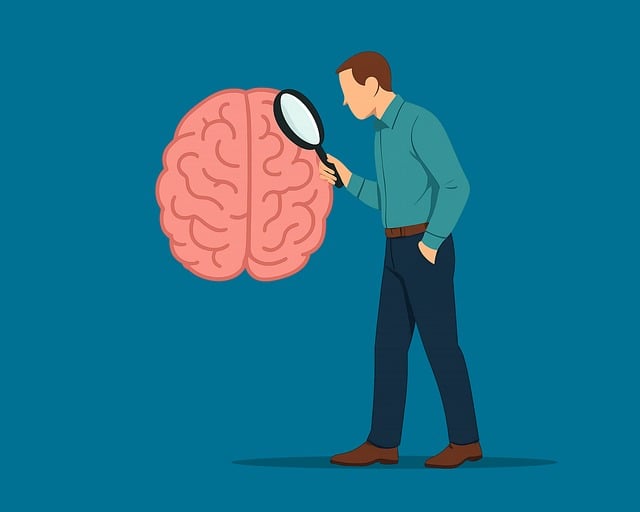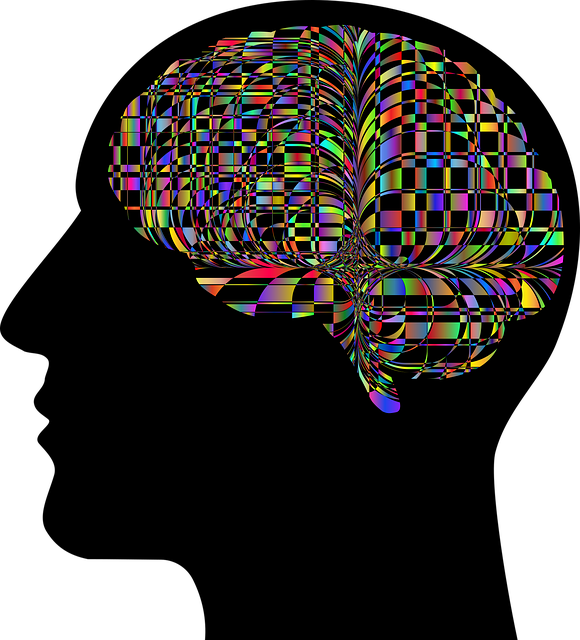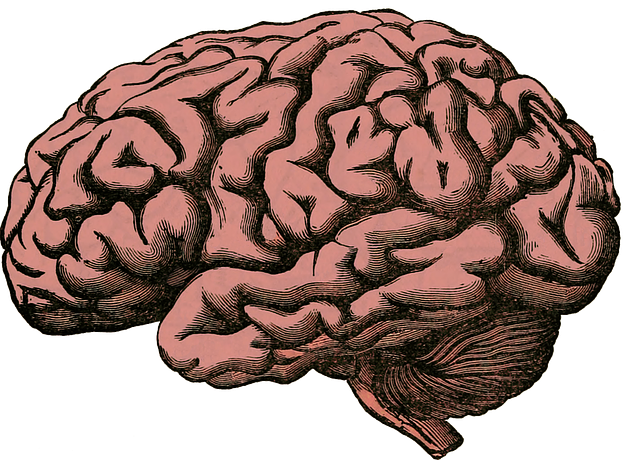Integrating American Sign Language (ASL) into therapy sessions for adolescent teens is a powerful approach to enhance well-being, especially for deaf or hard-of-hearing individuals dealing with stress or low self-esteem. This method improves accessibility, fosters inner strength, and promotes resilience in a culturally sensitive environment, contributing to mental health equity and empowering teens to navigate life's challenges effectively.
Positive thinking exercises offer a promising approach to enhancing mental well-being, especially for adolescents. This article explores the transformative power of positive thinking on this vulnerable demographic and provides practical strategies for implementation. We delve into the integration of American Sign Language (ASL) as a unique tool within cognitive exercises, catering specifically to the needs of hearing-impaired teen clients. By combining therapeutic techniques with ASL, professionals can create an inclusive environment fostering positive thought patterns.
- Understanding Positive Thinking and its Impact on Adolescents
- Integrating American Sign Language into Cognitive Exercises
- Practical Strategies for Implementing Effective Thinking Patterns
Understanding Positive Thinking and its Impact on Adolescents

Positive thinking exercises have gained prominence in mental health practices, especially for adolescents, as a powerful tool to enhance well-being. This approach, often incorporated into therapy sessions, focuses on shifting one’s mindset towards optimism and gratitude. For adolescent teens, particularly those facing challenges like stress or low self-esteem, positive thinking can be transformative. It empowers them to navigate life’s ups and downs with resilience, fostering a sense of inner strength and cultural sensitivity in mental healthcare practice.
American Sign Language (ASL) can play a unique role here, offering an alternative communication method that promotes inclusivity in therapy sessions. By incorporating ASL into positive thinking exercises, therapists can engage teens who are deaf or hard of hearing, ensuring they benefit from stress reduction methods tailored to their cultural and linguistic background. This approach not only enhances the effectiveness of therapy but also contributes to the development of inner strength in a supportive, culturally sensitive environment.
Integrating American Sign Language into Cognitive Exercises

Integrating American Sign Language (ASL) into cognitive exercises offers a unique and powerful approach to therapy for adolescent teens. By incorporating ASL, mental health professionals can cater to the specific communication needs of deaf or hard-of-hearing individuals, fostering an inclusive environment that promotes positive thinking and emotional healing processes. This method not only enhances accessibility but also enriches therapeutic experiences.
In light of the growing importance of Mental Health Policy Analysis and Advocacy, integrating ASL can contribute to broader equity in care. Compassion Cultivation Practices have shown significant benefits for overall well-being, and ASL therapy sessions can be designed to incorporate these practices, encouraging teens to express and process their emotions more effectively. This multisensory approach has the potential to revolutionize traditional cognitive exercises, making them more engaging and accessible for a diverse range of young individuals seeking emotional support.
Practical Strategies for Implementing Effective Thinking Patterns

Implementing positive thinking patterns can be a powerful tool for teens navigating life’s challenges, especially those seeking therapy for adolescent mental health issues. One effective strategy is to incorporate self-awareness exercises into daily routines. This could involve journaling thoughts and emotions, practicing mindfulness through meditation or deep breathing, or even engaging in creative outlets like art or writing. By fostering self-awareness, teens can better understand their thoughts and begin to challenge negative thought patterns.
Additionally, therapy sessions for adolescent teens can utilize American Sign Language (ASL) as a unique form of communication and expression. ASL has proven benefits for building resilience by providing an alternative means of self-expression and promoting non-verbal coping mechanisms. Through therapy sessions conducted in ASL, teens can enhance their ability to communicate feelings and experiences, contributing to mental illness stigma reduction efforts while fostering a sense of empowerment and understanding.
Positive thinking exercises, particularly when incorporating American Sign Language, can significantly benefit therapy for adolescent teens. By integrating these strategies, we empower young individuals to develop resilience and improve their overall well-being. This approach offers a unique and engaging method to enhance cognitive flexibility and promote positive emotional outcomes. With consistent practice, these techniques have the potential to revolutionize mental health support for teens, making it an exciting area of exploration in the field of adolescent therapy.

